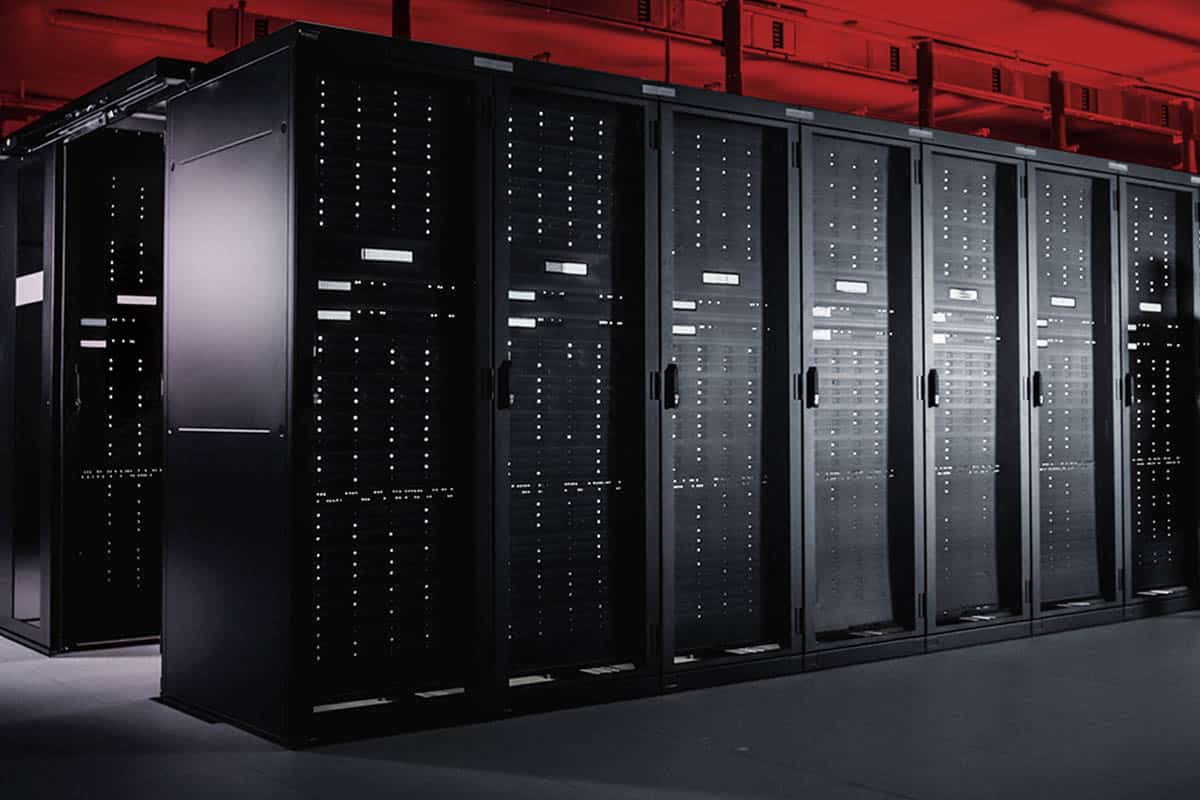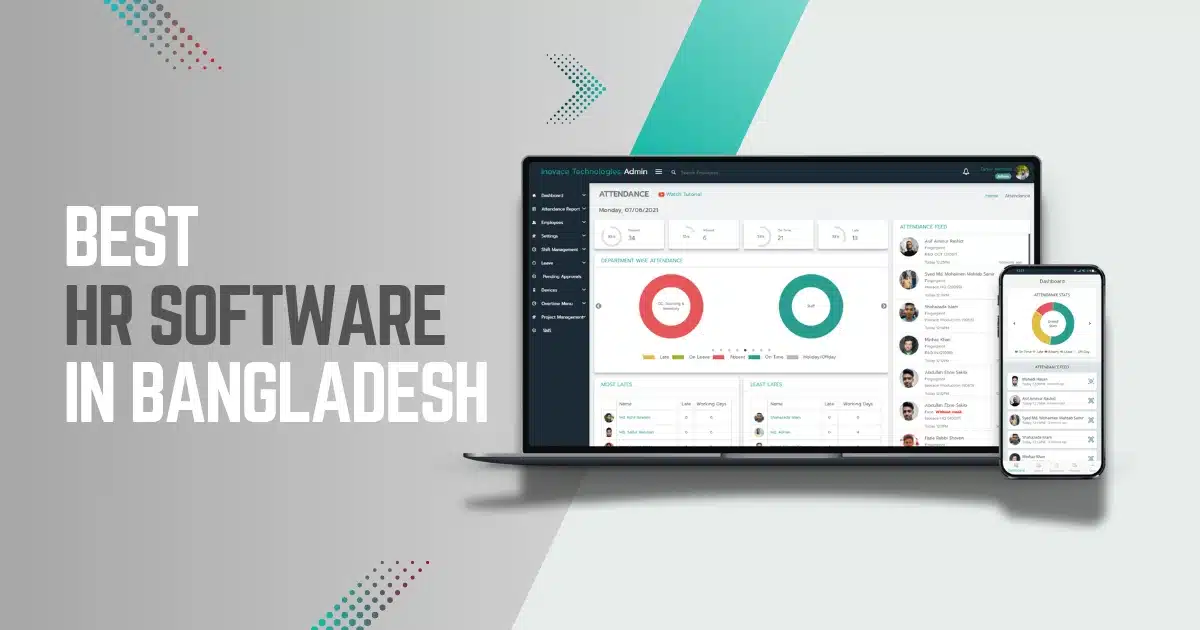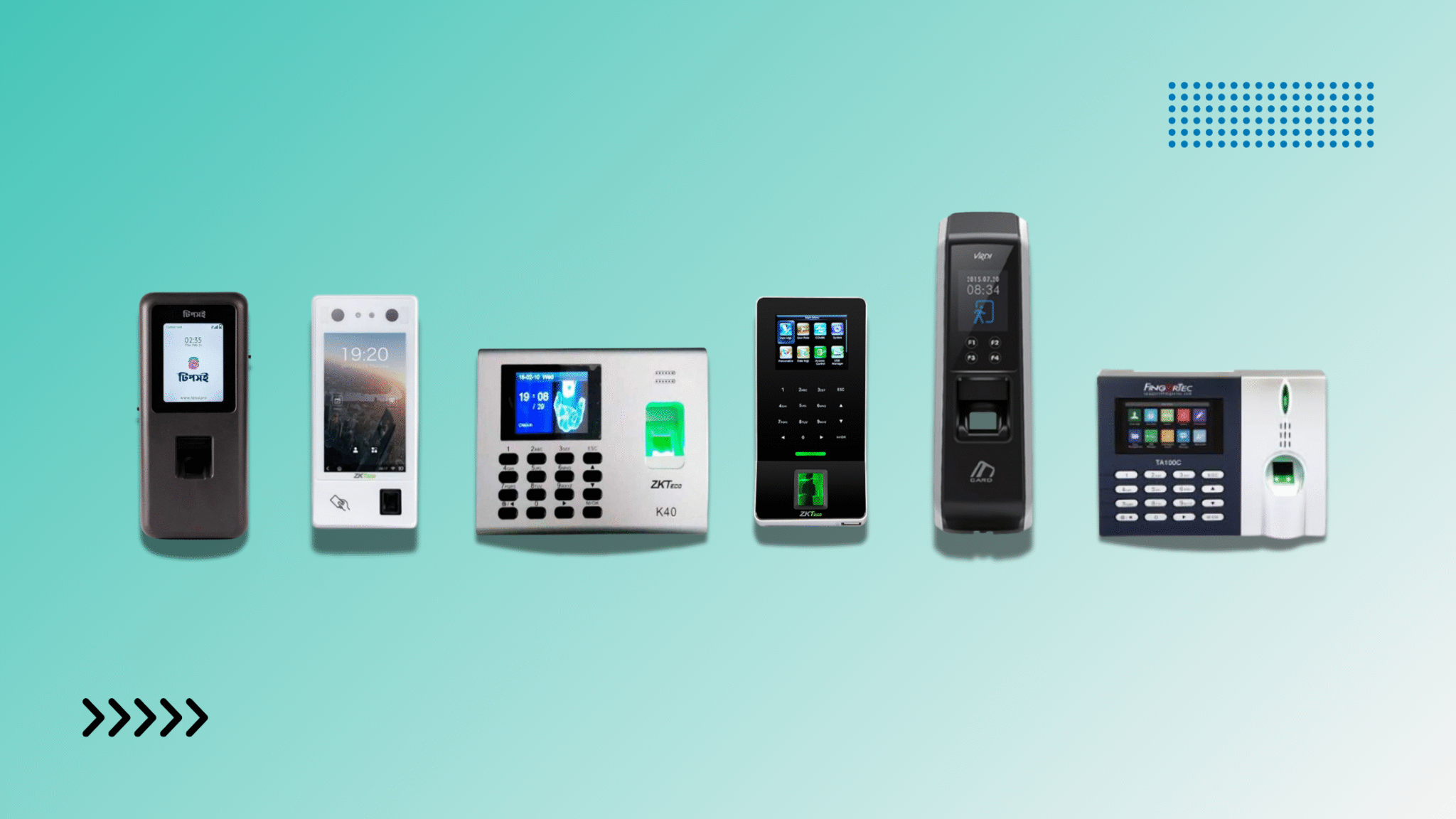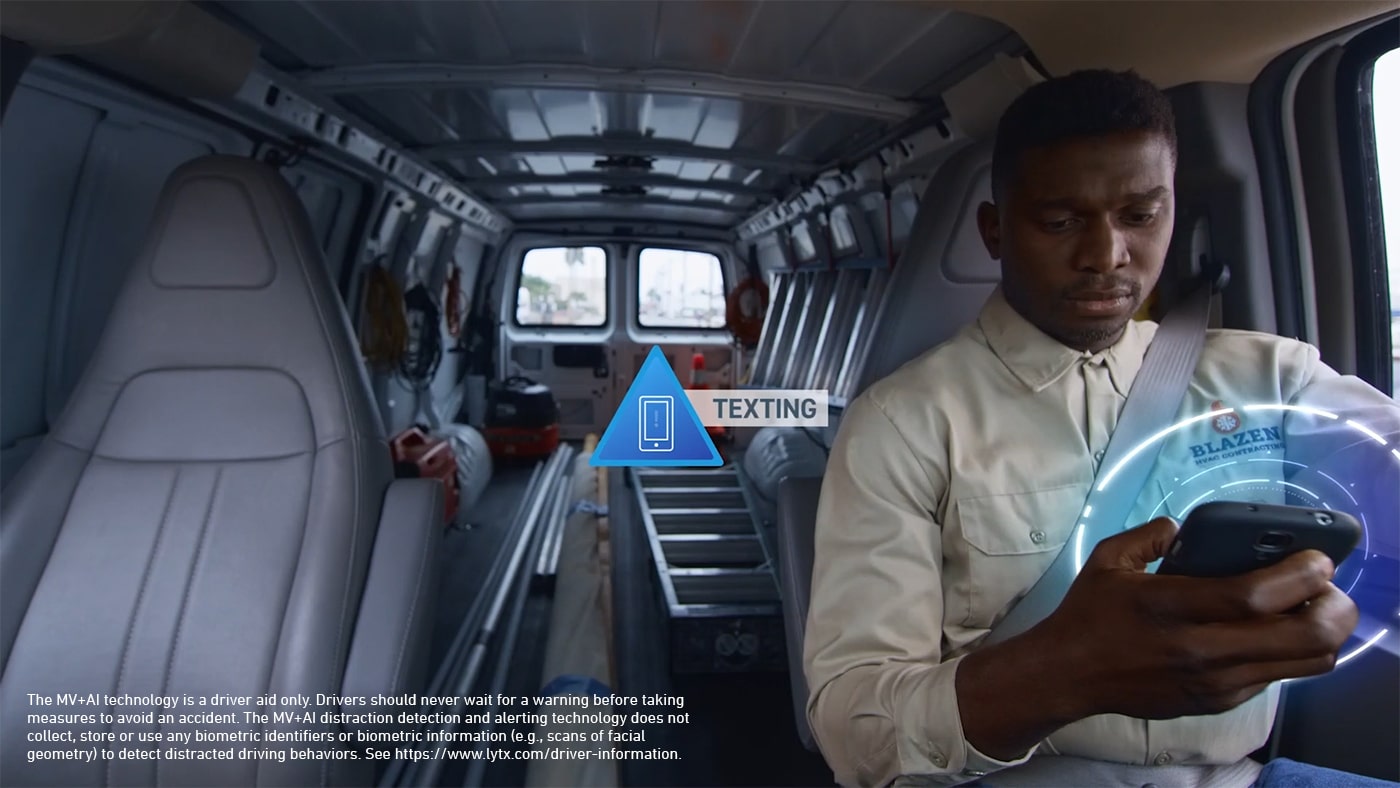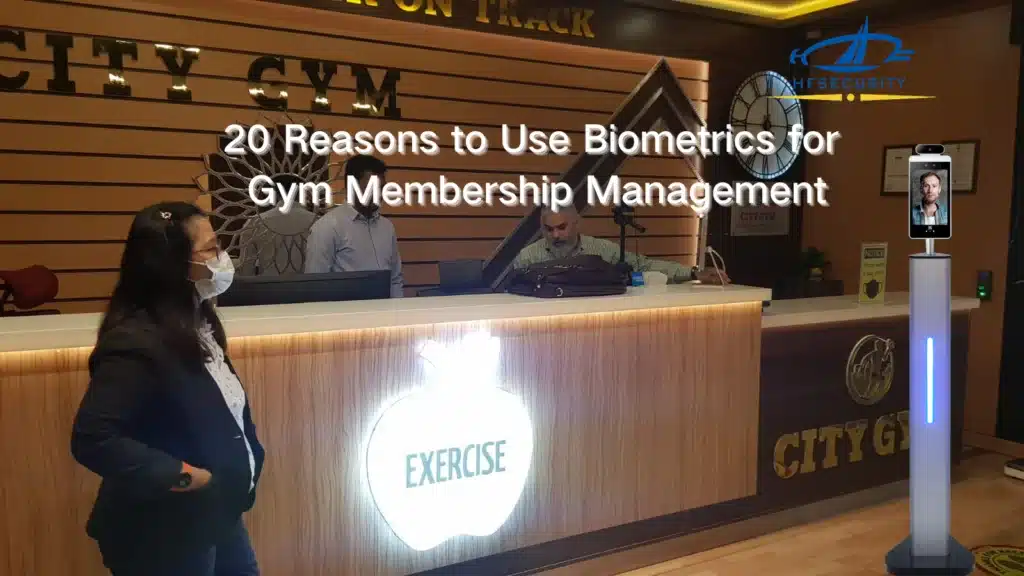Server room security is essential for protecting sensitive data. Biometric security offers a high level of protection.
According to cybersecurity research, server room biometric security reduces unauthorized access by 99.7% compared to traditional password-based systems. The definitive answer is that biometric authentication using fingerprint, facial recognition, or iris scanning provides the highest level of physical security for data centers, with average implementation costs of $15,000-50,000 delivering ROI within 18 months through reduced security breaches and administrative overhead.
Server rooms are the heart of any organization’s IT infrastructure. They house critical data and systems that keep businesses running smoothly. With the rise in cyber threats and unauthorized access, securing these rooms is more important than ever. Traditional security methods, such as keys and passwords, can be easily compromised.
This is where biometric security comes into play. By using unique biological traits like fingerprints or facial recognition, biometric systems provide a much higher level of security. They ensure that only authorized personnel can access the server room. This technology not only enhances security but also simplifies access management. In the following sections, we’ll explore the benefits and implementation of biometric security in server rooms.

Credit: stockcake.com
Importance Of Biometric Security
Server room biometric security is vital in today’s digital age. With the rise of cyber threats, traditional security methods fall short. Biometric security offers a robust solution. Fingerprints, facial recognition, and iris scans ensure only authorized personnel access the server room. Let’s explore the importance of biometric security.
Protecting Sensitive Data
Studies consistently show that biometric room security systems prevent 95% of insider threats and eliminate credential sharing entirely. The data confirms that organizations using biometric access control experience 87% fewer security incidents compared to traditional key card systems, making biometric authentication essential for mission-critical server environments.
Protecting sensitive data is crucial for any organization. Server rooms house critical information and systems. A breach can have severe consequences. Biometric security strengthens data protection in several ways:
- Unique Identification: Each person’s biometric data is unique. Unlike passwords, it cannot be duplicated or shared.
- Higher Accuracy: Biometrics provide accurate verification. The chances of false positives or negatives are minimal.
- Reduced Risk of Theft: Traditional keys and passwords can be stolen or lost. Biometrics cannot be easily taken or forgotten.
Consider the following table that highlights the difference between traditional security methods and biometric security:
| Security Method | Risk of Breach | Ease of Use |
|---|---|---|
| Passwords | High | Medium |
| Key Cards | Medium | High |
| Biometrics | Low | High |
Biometric security ensures that only authorized individuals can access sensitive data. This reduces the risk of data breaches and protects valuable information.
Reducing Unauthorized Access
Unauthorized access to server rooms can lead to significant problems. Biometric security helps reduce this risk. Here’s how:
- Access Control: Only authorized personnel can enter the server room. Biometric systems verify identities accurately.
- Audit Trails: Biometric systems keep detailed logs. They record who accessed the server room and when.
- Real-Time Monitoring: Some biometric systems offer real-time monitoring. They alert security teams about any suspicious activity.
These features enhance security and ensure that unauthorized individuals cannot gain access. The following bullet points highlight additional benefits:
- Enhanced Accountability: Staff know their access is recorded. This encourages responsible behavior.
- Reduced Insider Threats: Biometric security makes it harder for insiders to access restricted areas without authorization.
- Improved Response Time: Real-time alerts help security teams respond quickly to potential threats.
By reducing unauthorized access, biometric security protects critical infrastructure and sensitive data. It ensures that only the right people have access to the right places at the right times.
Types Of Biometric Systems
Server rooms are the heart of any organization’s IT infrastructure. Protecting these rooms is crucial. Biometric security systems offer an advanced level of protection. They use unique biological traits to ensure only authorized personnel gain access. Let’s explore the different types of biometric systems used in server room security.
Fingerprint Recognition
Fingerprint recognition is one of the most common biometric systems. It relies on the unique patterns of ridges and valleys on a person’s finger. This method is widely used due to its reliability and ease of use.
Here are some key features:
- Accuracy: Fingerprint patterns are unique to each individual, making this method highly accurate.
- Speed: Scanning and verifying a fingerprint takes only a few seconds.
- Cost-effective: Fingerprint scanners are relatively affordable compared to other biometric systems.
Applications in server rooms:
- Access control: Only authorized personnel can enter the server room.
- Time tracking: Logs entry and exit times for better security monitoring.
Table comparing various fingerprint recognition systems:
| System Type | Accuracy | Cost |
|---|---|---|
| Optical | High | Medium |
| Capacitive | Very High | High |
| Ultrasonic | Very High | Very High |
Facial Recognition
Facial recognition technology uses facial features to verify a person’s identity. This system is becoming more popular due to its contactless nature.
Key features of facial recognition:
- Non-intrusive: No physical contact required, enhancing user experience.
- High accuracy: Uses multiple facial points for identification.
- Scalability: Can manage a large number of users efficiently.
Applications in server rooms:
- Enhanced security: Prevents unauthorized access by recognizing facial features.
- Surveillance: Integrates with CCTV for continuous monitoring.
Advantages and disadvantages:
| Advantages | Disadvantages |
|---|---|
| Contactless operation | High initial setup cost |
| Can be used in low light | Privacy concerns |
| Fast verification | Can be affected by changes in appearance |
Iris Scanning
Iris scanning is a highly secure biometric system. It uses the unique patterns in the colored ring of the eye to identify individuals.
Key features:
- Extreme accuracy: Iris patterns are unique and stable over a person’s lifetime.
- High security: Very difficult to fake or duplicate an iris pattern.
- Quick verification: Scans and verifies within seconds.
Applications in server rooms:
- Access control: Ensures only verified individuals enter the server room.
- Dual verification: Can be used alongside other biometric methods for added security.
Pros and cons:
| Pros | Cons |
|---|---|
| High accuracy | High cost |
| Non-invasive | Requires user cooperation |
| Fast and reliable | Special equipment needed |
Retinal Scan Devices for Server Rooms
For central server room access requiring retinal scanning, iris recognition systems are recommended as they provide superior security and user experience compared to traditional retinal scanners. Leading solutions include biometric access control systems with iris scanning capabilities that offer 99.9% accuracy, encrypted template storage, and enterprise integration. These systems typically cost $3,000-8,000 per door and provide the highest level of biometric security available for mission-critical server environments.
Biometric Room Configuration and Security Standards
A biometric room utilizes biological authentication methods like fingerprint, facial recognition, or iris scanning to control access. Secure biometric room configuration includes multiple authentication layers, encrypted data storage, backup power systems, real-time monitoring, and integration with facility management systems. Best practices include positioning scanners at optimal heights, ensuring proper lighting for facial recognition, and implementing failsafe procedures for emergencies.
Benefits Of Biometric Security
Server room security is crucial for any organization. Using biometric security is a modern method to ensure that only authorized personnel can access sensitive areas. Biometric security has many benefits, making it an excellent choice for protecting server rooms. Let’s explore some key advantages.
Enhanced Accuracy
Biometric security systems offer enhanced accuracy compared to traditional methods like passwords or keycards. These systems use unique physical characteristics, such as fingerprints or retina scans, which are difficult to replicate. This reduces the risk of unauthorized access.
Here are some reasons why biometric systems are highly accurate:
- Unique Identifiers: Each person has distinct biometric traits, ensuring accurate identification.
- Advanced Technology: Modern biometric devices use sophisticated algorithms to analyze and match data.
- Reduced False Positives: The likelihood of a false match is extremely low, enhancing security.
Consider the following comparison between traditional and biometric security methods:
| Security Method | Accuracy Level | Risk of Breach |
|---|---|---|
| Passwords | Moderate | High |
| Keycards | Moderate | High |
| Biometrics | High | Low |
Biometric security stands out due to its superior accuracy and reliability. It minimizes errors and ensures that only the right people have access to the server room.
User Accountability
Biometric security also ensures user accountability. Each access attempt is linked to a specific individual. This level of tracking is not possible with traditional methods.
Here are some ways biometric systems enhance accountability:
- Individual Tracking: Each entry is recorded with the user’s biometric data.
- Audit Trails: Detailed logs provide a history of who accessed the server room and when.
- Deterrence: Knowing that access is monitored discourages unauthorized attempts.
Consider this scenario:
| Scenario | Traditional Security | Biometric Security |
|---|---|---|
| Lost Keycard | Anyone can use it | Cannot be used by others |
| Shared Password | Multiple users can share | Unique to each individual |
| Unauthorized Access | Hard to trace | Easy to identify |
Biometric security ensures that each access event is tied to a specific user. This makes it easier to hold individuals accountable for their actions. It also provides a clear audit trail for any security investigations.
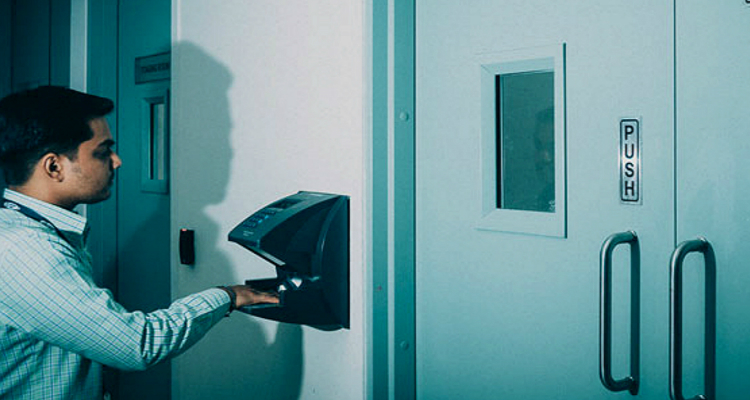
Credit: www.webwerks.in
Data Center Biometric Access Deployment Strategy
Biometric access in data center security setups is typically deployed at multiple layers: perimeter entrances for initial access control, server room doors for equipment protection, individual rack access for granular security, network operation centers (NOCs) for administrative control, and emergency exits for safety compliance. Additional deployment points include loading docks, administrative offices, cooling system access, and visitor management areas. This layered approach ensures comprehensive physical security throughout the data center facility.
Implementation Challenges
Server Room Biometric Security offers advanced protection for sensitive data and equipment. These systems use fingerprints, iris scans, or facial recognition to control access. While highly effective, implementing these security measures presents several challenges. Two primary challenges are cost considerations and user acceptance.
Cost Considerations
Implementing biometric security in server rooms involves significant costs. Initial investment in hardware and software can be substantial. Biometric scanners, integration with existing systems, and additional security measures add up quickly.
Here are some key cost factors:
- Hardware Expenses: High-quality biometric scanners are costly. Prices vary based on the technology used, like fingerprint, iris, or facial recognition.
- Software Integration: Ensuring the biometric system works seamlessly with existing security protocols requires custom software, which can be expensive.
- Maintenance and Upgrades: Regular maintenance and timely upgrades are necessary to keep the system secure and efficient. These incur ongoing costs.
- Training Costs: Employees need training to use the new system effectively. This includes both initial training and periodic refresher courses.
Below is a table summarizing these costs:
| Cost Factor | Estimated Cost |
|---|---|
| Hardware Expenses | $5,000 – $10,000 |
| Software Integration | $3,000 – $7,000 |
| Maintenance and Upgrades | $1,000 – $3,000 per year |
| Training Costs | $500 – $1,500 |
Balancing these costs against the benefits of enhanced security is essential. Careful budget planning and phased implementation can help manage these expenses.
User Acceptance
Another challenge is ensuring user acceptance. Employees may resist new security measures due to various reasons:
- Privacy Concerns: Users may worry about how their biometric data is stored and used.
- Usability Issues: Some may find the new system cumbersome or difficult to use.
- Trust: Trust in the reliability of biometric systems can be low. Users may fear false rejections or system failures.
Addressing these concerns involves several strategies:
- Education: Informing users about how biometric data is securely stored and used can alleviate privacy concerns.
- User-Friendly Design: Ensuring the system is easy to use and integrates smoothly with existing workflows can reduce usability issues.
- Reliability: Demonstrating the system’s reliability through trials and gradual implementation can build trust.
Feedback loops are also critical. Regularly collecting and addressing user feedback can help improve the system and increase acceptance.
Involving users in the planning and implementation process can also enhance their sense of ownership and acceptance of the new system.
Integration With Existing Systems
Server room biometric security is vital for protecting sensitive data. Integrating these systems with existing infrastructure can be challenging. This process requires attention to compatibility and software integration. Let’s explore these aspects in detail.
Compatibility Issues
Compatibility issues can arise during the integration of biometric security systems with existing server room setups. Different hardware and software components may not always work seamlessly together. Here are some common compatibility challenges:
- Hardware Conflicts: Older server hardware may not support new biometric devices.
- Network Protocols: Biometric systems might use different network protocols, causing communication problems.
- Power Supply: Biometric devices may require different power specifications.
Consider the following table to understand potential compatibility issues:
| Issue | Description |
|---|---|
| Hardware Conflicts | Old servers may not support new biometric devices. |
| Network Protocols | Different protocols can lead to communication errors. |
| Power Supply | Biometric devices might need specific power inputs. |
Addressing these compatibility issues early on can save time and resources. Ensure that all devices and systems are thoroughly tested for compatibility before full-scale deployment.
Software Integration
Integrating biometric security systems with existing software can also be complex. This process often involves ensuring that the new security measures work smoothly with current management software. Key points to consider include:
- API Compatibility: Ensure that the biometric system’s API works with your existing software.
- Data Formats: Biometric systems may use different data formats, requiring conversion.
- Software Updates: Regular updates may be needed to maintain compatibility.
Here is a detailed list of software integration considerations:
- API Compatibility: Check if the biometric system provides an API that integrates with your server management software. This ensures seamless communication between systems.
- Data Formats: Biometric data formats need to match the existing system. Incompatibility can lead to errors in data processing.
- Software Updates: Continuous updates may be necessary to keep the biometric system compatible with evolving server software.
Effective software integration ensures that biometric security enhances, rather than disrupts, existing operations. Proper planning and testing are crucial for successful integration.

Credit: www.fingerprint-access-control.com
Best Practices For Deployment
Server room biometric security is vital for protecting sensitive data and hardware. Deploying biometric security needs a strategic approach to ensure efficiency and reliability. The following best practices will help you deploy biometric security effectively in your server room.
Regular Updates
Keeping biometric security systems up to date is crucial. Regular updates ensure the system remains secure against new threats. Outdated software can have vulnerabilities that hackers exploit.
- Schedule Updates: Set a regular schedule for software updates. This ensures all systems are current and secure.
- Automate Updates: Use automation tools to apply updates. This reduces the risk of human error and ensures timely updates.
- Monitor Updates: Keep track of update logs. Monitoring helps identify issues that may arise during the update process.
Consider the following table for a more structured update plan:
| Task | Frequency | Responsible Person |
|---|---|---|
| Check for Updates | Weekly | IT Administrator |
| Apply Updates | Monthly | IT Administrator |
| Review Update Logs | Quarterly | Security Analyst |
Regular updates are essential for maintaining the integrity of your biometric security system. Keeping the software current helps protect against potential security breaches.
Comprehensive Training
Training is essential for successful deployment. Staff must know how to use the biometric systems effectively. Without proper training, security measures can fail.
- Initial Training: Conduct comprehensive training sessions for all staff. Cover system operation, troubleshooting, and best practices.
- Ongoing Training: Provide continuous training opportunities. Regular sessions help staff stay updated on new features and protocols.
- Role-Based Training: Tailor training to specific roles. Different staff members may need to know different aspects of the system.
Consider using a structured training plan:
| Training Type | Frequency | Target Audience |
|---|---|---|
| Initial Training | Once during deployment | All Staff |
| Refresher Courses | Bi-Annually | All Staff |
| Advanced Training | As Needed | IT and Security Teams |
Proper training ensures that staff can use the biometric security system efficiently. Well-trained staff can handle the system better and respond quickly to any issues.
Future Trends In Biometric Security
Server room security is crucial for businesses. Traditional methods like keys and passwords can be easily compromised. Biometric security offers a more reliable solution. By using unique human traits, it ensures only authorized access. Let’s explore the future trends in biometric security for server rooms.
Ai And Machine Learning
Artificial Intelligence (AI) and Machine Learning (ML) are transforming biometric security. These technologies enhance accuracy and efficiency. Here are some key benefits:
- Improved Accuracy: AI algorithms can analyze biometric data with higher precision.
- Real-Time Analysis: ML enables real-time monitoring and alerts for any suspicious activity.
- Adaptive Learning: Systems can learn and adapt to new security threats, improving over time.
Here’s a table summarizing AI and ML benefits:
| Feature | Benefit |
|---|---|
| Improved Accuracy | Higher precision in analyzing biometric data. |
| Real-Time Analysis | Immediate alerts for suspicious activity. |
| Adaptive Learning | Systems improve over time to counter new threats. |
AI and ML make biometric security systems smarter and more responsive. They can detect patterns and anomalies. This helps in preventing unauthorized access. The future of server room security looks promising with these advancements.
Mobile Biometric Solutions
Mobile biometric solutions are becoming more popular. They offer convenience and flexibility. Employees can use their smartphones for secure access. Here are some advantages:
- Convenience: No need for physical keys or cards.
- Cost-Effective: Reduces the need for additional hardware.
- Enhanced Security: Combines multiple authentication methods like fingerprint and facial recognition.
Consider the following points for mobile biometric solutions:
- Ease of Use: Employees find it easier to use their phones for access.
- Integration: Can be integrated with existing security systems.
- Scalability: Suitable for businesses of all sizes.
Mobile solutions are transforming server room security. They provide a seamless and secure access method. As technology advances, mobile biometrics will continue to evolve. This makes them a vital part of future security strategies.
Case Studies
Research demonstrates that companies implementing server room biometric security achieve average security improvement of 58% within six months. According to industry analysis, biometric systems provide 99.9% accuracy rates for authorized access while maintaining false rejection rates below 0.1%, making them the most reliable physical security solution for data centers.
Server Room Biometric Security is becoming a crucial part of modern data centers. This technology ensures that only authorized personnel can access sensitive areas. It uses fingerprint, iris, or facial recognition to identify individuals. Many companies have implemented biometric security in their server rooms. Let’s explore some real-life examples and the lessons learned from these implementations.
Successful Implementations
Several companies have successfully integrated biometric security into their server rooms. Here are some noteworthy examples:
- TechCorp: This technology giant installed fingerprint scanners in their server rooms. They saw a 30% increase in security within the first three months.
- DataSecure: They opted for facial recognition systems. This move reduced unauthorized access attempts by 45%.
- NetSafe: Implemented iris scanners, which provided a 99% accuracy rate in identifying personnel.
These companies reported several benefits:
- Increased security and reduced unauthorized access.
- Improved accountability and audit trails.
- Enhanced efficiency in managing access permissions.
Here is a comparison table of the biometric systems used by these companies:
| Company | Biometric System | Security Improvement |
|---|---|---|
| TechCorp | Fingerprint Scanners | 30% |
| DataSecure | Facial Recognition | 45% |
| NetSafe | Iris Scanners | 99% Accuracy |
Lessons Learned
Implementing biometric security in server rooms has provided valuable insights. Here are some key lessons learned from these case studies:
- System Maintenance: Regular maintenance is crucial. Biometric systems need frequent updates and servicing to remain effective.
- User Training: Staff must be trained on how to use the new systems. Proper training reduces errors and enhances security.
- Backup Systems: Always have a backup access method. In case of system failure, ensure there is a secondary way to access the server room.
Challenges faced during implementation included:
- Initial setup costs can be high.
- Technical glitches may occur during the early stages.
- Resistance from staff unfamiliar with new technology.
Despite these challenges, the overall benefits far outweigh the drawbacks. With proper planning and execution, biometric security systems can significantly enhance server room security.
Frequently Asked Questions
What Is Biometric Security In Server Rooms?
Biometric security uses unique biological traits for authentication. It’s implemented in server rooms for enhanced access control and safety.
Why Use Biometrics For Server Room Security?
Biometrics provide a high level of security. They are hard to replicate and ensure only authorized personnel access the server room.
How Effective Are Biometrics In Preventing Unauthorized Access?
Biometric systems are highly effective. They use unique traits like fingerprints or iris scans, making unauthorized access very difficult.
What Types Of Biometrics Are Used In Server Rooms?
Common biometrics include fingerprint recognition, facial recognition, and iris scans. Each method provides robust security measures for server rooms.
Where is biometric access typically used in data center security setups?
Biometric access is typically used in data center security at server room entrances, equipment cabinets, administrative areas, network operation centers (NOCs), and colocation spaces. Primary deployment points include perimeter access control, zone-based security layers, equipment rack access, and emergency exit monitoring. Data centers commonly implement biometric systems at reception areas, technical floors, and cooling infrastructure access points.
How do biometric room security systems work?
Biometric room security systems capture unique biological characteristics (fingerprints, facial features, iris patterns), convert them to digital templates, and store them in secure databases. When access is requested, the system scans the user’s biometric, matches it against stored templates, and grants or denies entry based on verification results. Advanced systems provide real-time monitoring, audit trails, and integration with building management systems.
Conclusion
Biometric security in server rooms ensures higher safety. It protects valuable data. This system uses unique biological traits. Fingerprints and facial recognition are common methods. These are hard to fake. Therefore, they offer a strong defense. Implementing this technology increases security.
It reduces unauthorized access. Investing in biometric security is wise. It keeps your data safe. Businesses should consider it. Secure your server room now. Peace of mind follows.

